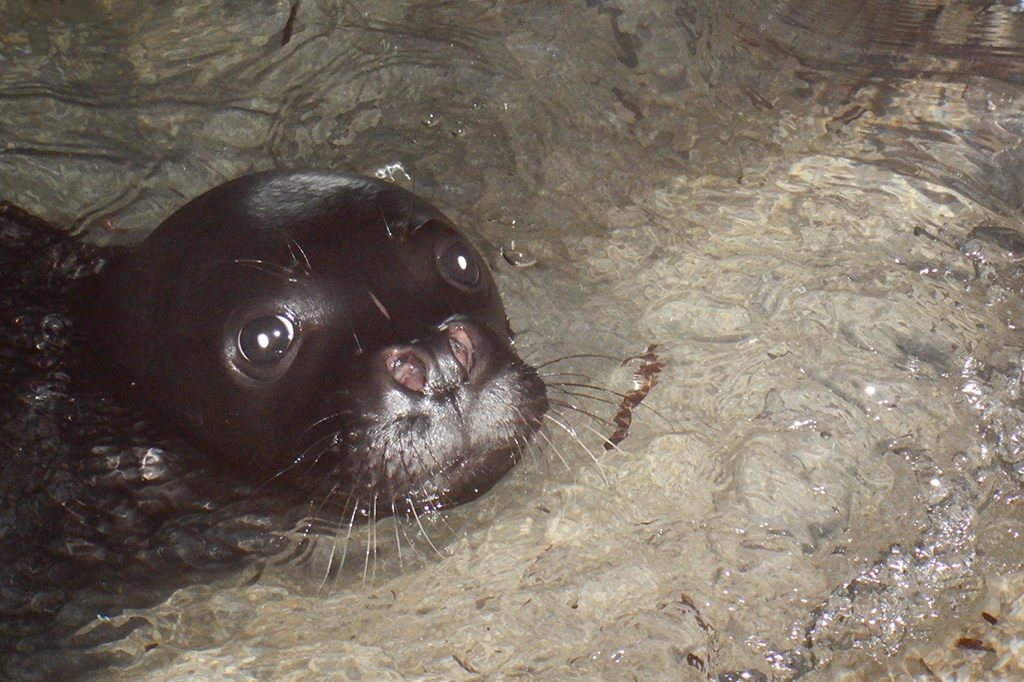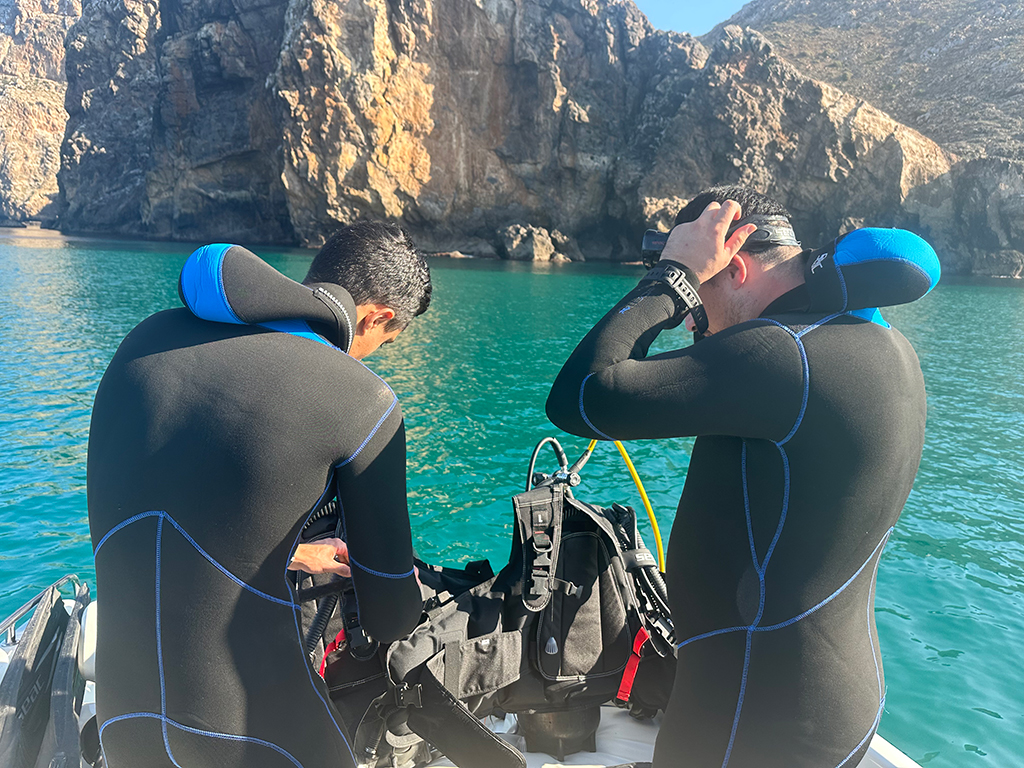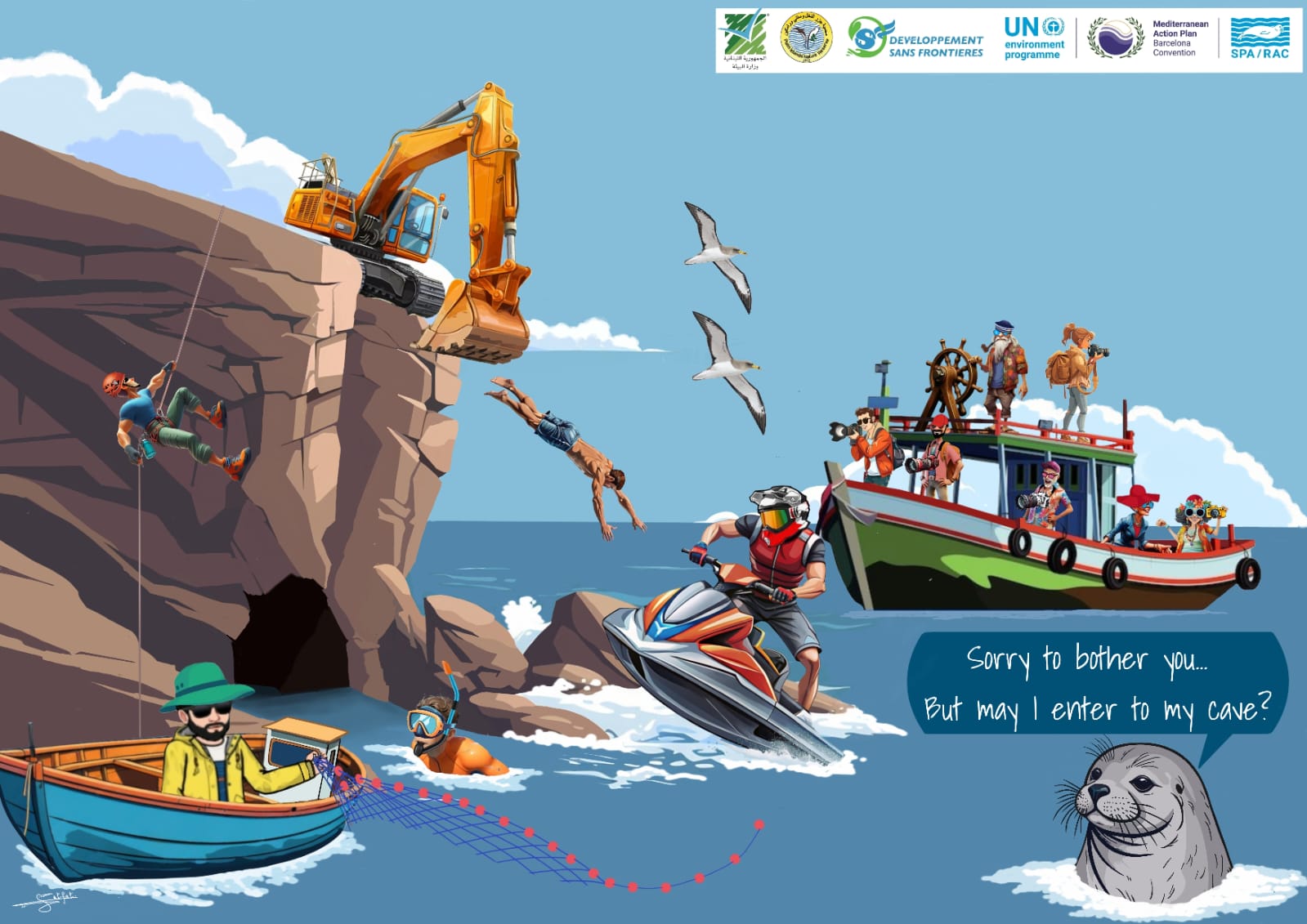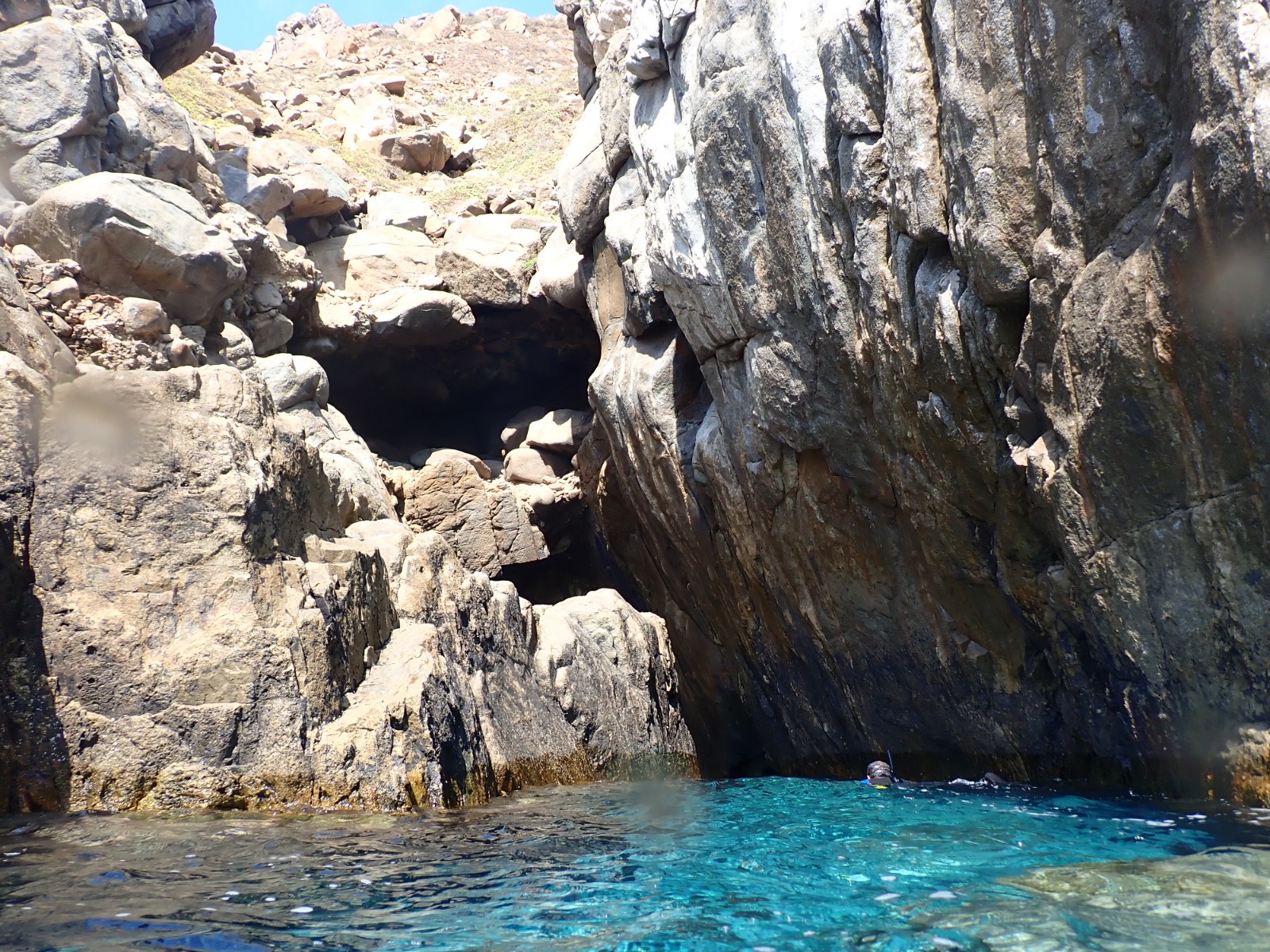Thanks to the Med Monk Seal project and the support of the Monk Seal Alliance, field initiatives led by SPA/RAC and national partners are helping to better understand and protect the monk seal (Monachus monachus) in the Mediterranean. Combining monitoring, habitat mapping, and community outreach, these efforts are fostering the return of this rare species.

The MSA funded Med Monk Seal project has enabled SPA/RAC and its national partners to launch several field initiatives to monitor and map potential monk seal habitats on the southern shores of the Mediterranean.
Scientific teams from the Mediterranean countries benefiting from the project (Algeria, Egypt, Libya, Morocco and Tunisia) have started monitoring the species and its habitats after taking part in the first training session held in Kefalonia in Greece in September 2023, and thanks to the acquisition of the necessary equipment.
These initiatives are supported by a sub-regional network led by SPA/RAC and experts from the Mediterranean, the NGOs Archipelagos Italy and Greece, ISPRA and METU-Institute of Marine Science in Türkiye, which is hosting the second training course on monk seal monitoring methods in November 2024.
Key actions include mapping potential habitats, installing camera-traps in these areas, and raising awareness of the presence, threats and conservation of the monk seal.
Due to the monk seal's discreet behavior and its preference for secluded, protected habitats like sea caves, it is essential to target specific areas to maximize observation chances.
Significant efforts have already been made in Egypt, Libya, Tunisia and Morocco, where several areas suitable for the species' return have been identified and the first camera traps, essential tools for monitoring the species, have been installed.
In Morocco, the monitoring of potential seal habitats has already been integrated into the scientific monitoring programme of the AGIR association and the management unit of the MPA concerned.
In Tunisia, the first field trips were carried out on the La Galite archipelago by APAL and the NGO MAN to explore caves potentially suitable for monk seals and to assess their status.
The team appointed by Libya's Ministry of the Environment succeeded in installing cameras in pre-identified caves in the hope of recording the return of this emblematic species.
In Egypt, the NGO AUSDE, representing the EEAA, has been able to carry out several coastal excursions to assess seal habitats, examine their condition and identify the main threats along most of the Egyptian Mediterranean coast, i.e. some 750 kilometers. Several recent seal sightings were also reported and are currently being analysed.
In Lebanon, thanks to France's voluntary contribution to the UNEP-MAP- SPA/RAC Programme of Work 2022-2023, a complete mapping of potential habitats in the north of the country has been carried out, and interviews have revealed several seal sightings in 2024, confirming their return and raising new hypotheses. For instance, the monk seal may be susceptible to eating the invasive fish Lagosephalus squeleratus, which is present in the region.

Project partners are also working to raise awareness among fishers and local communities about the importance of protecting the monk seal.
In Egypt, meetings with fishers at the Ports of Rashid and Marsa Matrouh enabled discussions on the challenges and opportunities for seal conservation.
In Lebanon, where the coasts see heavy use and human activity, Développement Sans Frontière launched an awareness campaign to promote participative conservation efforts.

As this emblematic species appears to be making a return in various parts of the Mediterranean, SPA/RAC and its partners are fully mobilized to ensure rigorous monitoring and enhanced conservation in the future. Research and awareness efforts aim to protect essential monk seal habitats for future generations.
%20APAL.jpg)

